replant azalea in the old spot?
lena_gardener
13 years ago
Related Stories
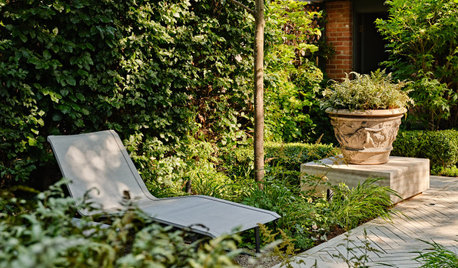
LANDSCAPE DESIGNHow to Create a Beautiful Shade Garden
Turn the cool, shady spot in your garden into your own quiet oasis
Full Story
MOST POPULARMeet a Lawn Alternative That Works Wonders
Carex can replace turfgrass in any spot, is low maintenance and adjusts easily. Add its good looks and you’ve got a ground cover winner
Full Story
GARDENING GUIDES6 Steps to Get a Garden Off to a Glowing Start
Grow a lush, balanced garden from an empty patch of yard or neglected landscape spot with these easy-to-follow guidelines
Full Story
GARDENING GUIDESWhat Kind of Roses Should You Grow?
Want to add the beauty of roses to your garden? Find out which ones, from old-fashioned to modern, are right for you
Full Story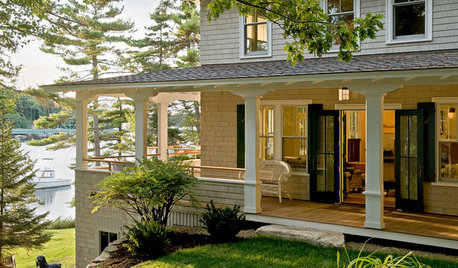
GARDENING AND LANDSCAPING7 Ideas to Get You Back on the Front Porch
Remember the good old days, when porches offered front-row seats to street scenes? They can be even better today
Full Story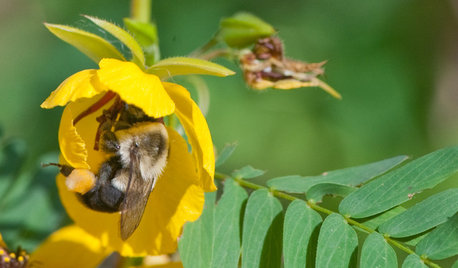
GARDENING GUIDESGreat Design Plant: Chamaecrista Fasciculata Brightens City Boulevards
Plant partridge pea in eastern U.S. gardens for its bright yellow flowers, lacy foliage and drought tolerance
Full Story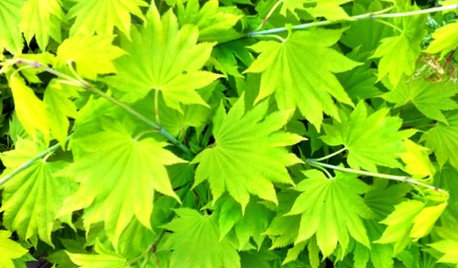
LIME FOLIAGE16 Stunners From an English Garden Center
Get the abundant, overflowing look of an English garden with these hardworking spring-blooming plants and flowers
Full Story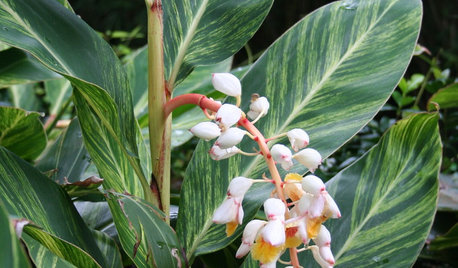
GARDENING GUIDES7 Tropical Bulbs for a Summer Garden That Wows
Try these stunners in summer's powerful heat for garden thrills with an exotic flair
Full Story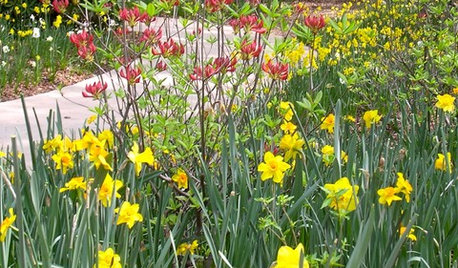
SPRING GARDENINGSpring Fling: Visit a Garden in Full Glory
The Atlanta Botanical Garden is blooming three weeks ahead of schedule. Come take a peek with us
Full Story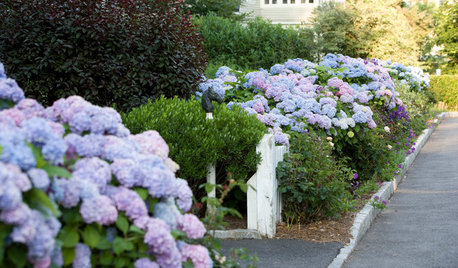
FLOWERSWhy You Should Give Hydrangeas a Place in Your Yard
The exuberant mop-headed beauties evoke dreams of an endless summer by the sea
Full Story





rhodyman
lena_gardenerOriginal Author
Related Professionals
West Milford Landscape Architects & Landscape Designers · Baltimore Landscape Architects & Landscape Designers · Barrington Hills Landscape Architects & Landscape Designers · Stamford Landscape Contractors · East Lake-Orient Park Landscape Contractors · Estelle Landscape Contractors · Gurnee Landscape Contractors · Lexington Landscape Contractors · Middleton Landscape Contractors · Ringwood Landscape Contractors · Santa Ana Landscape Contractors · Seminole Landscape Contractors · Vashon Landscape Contractors · Wickliffe Landscape Contractors · Shenandoah Landscape Contractors